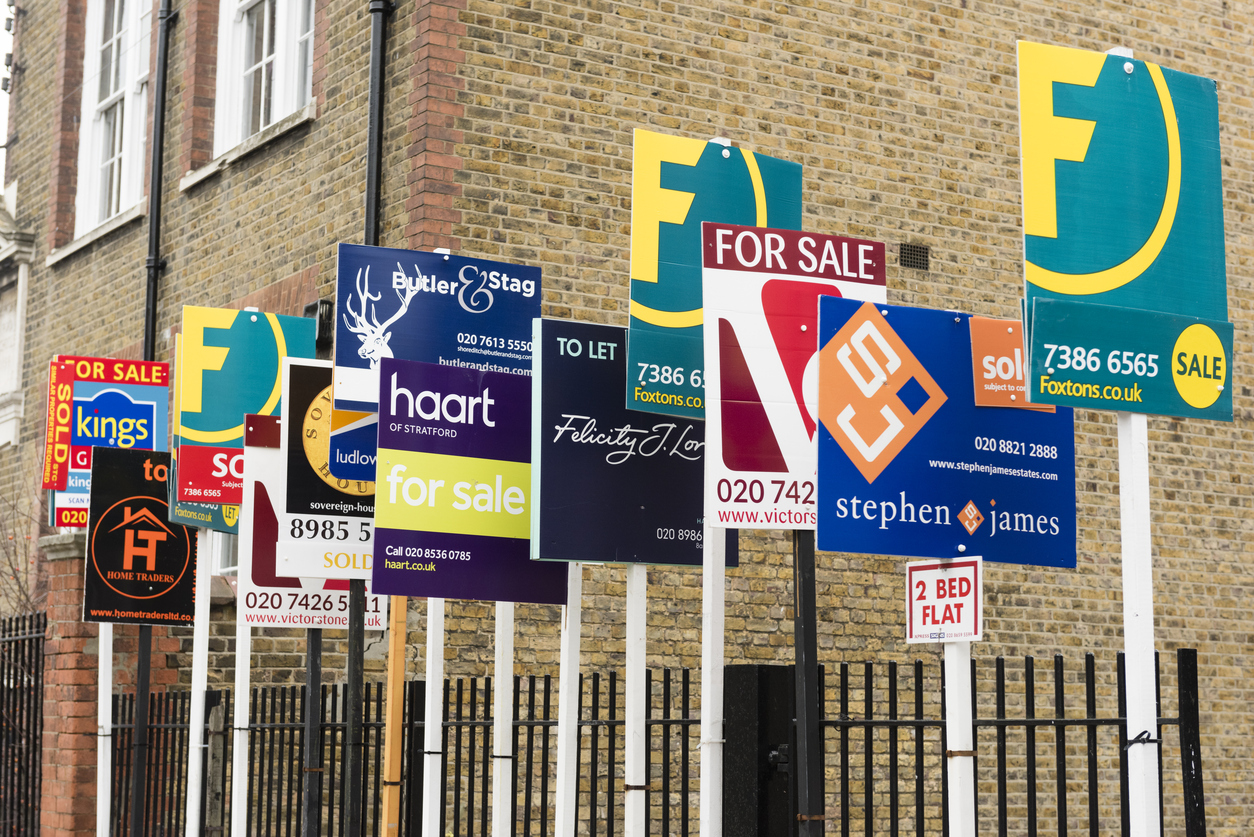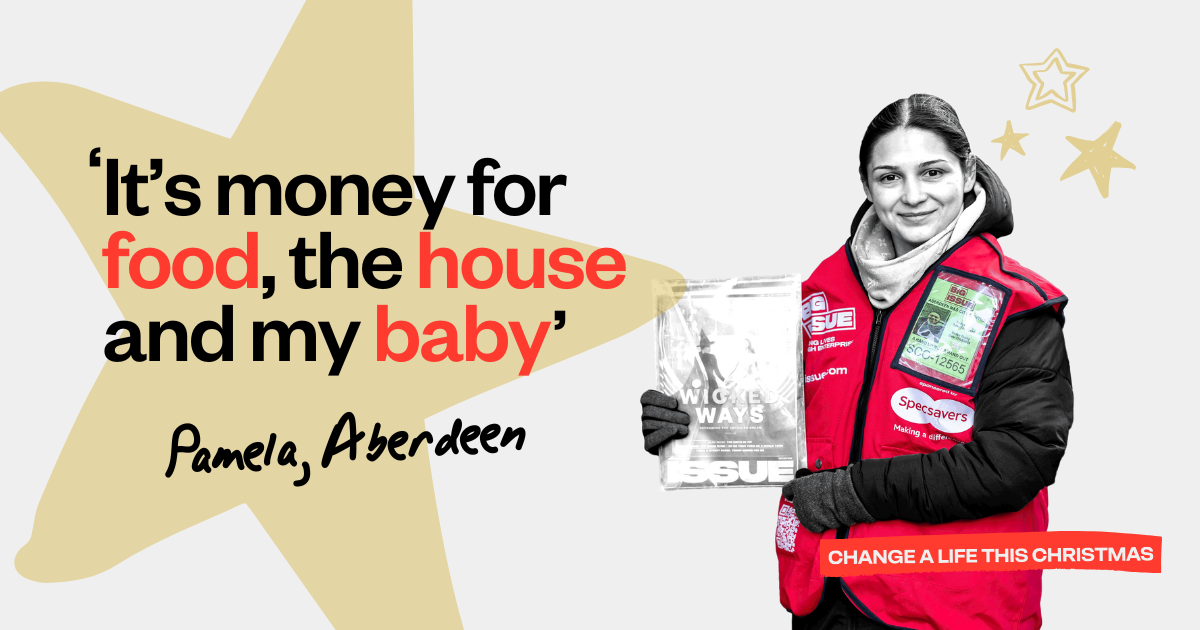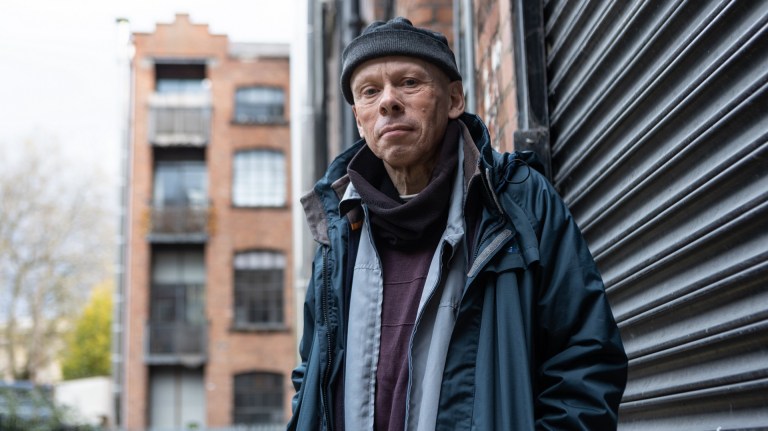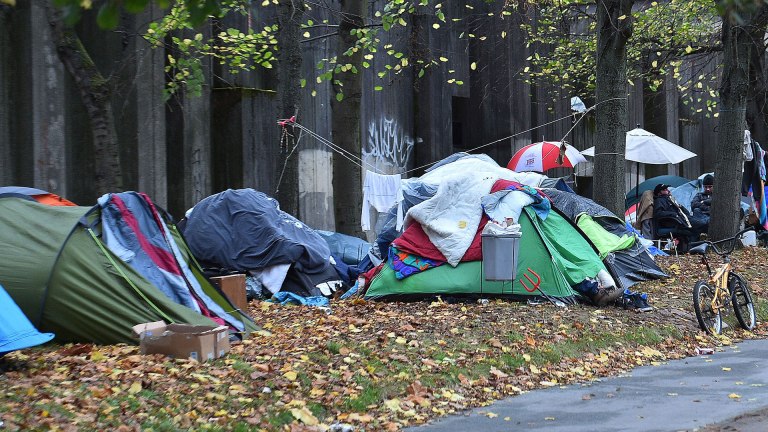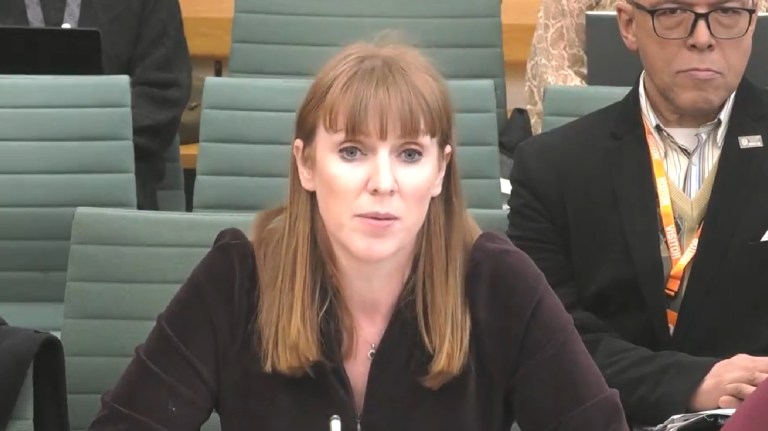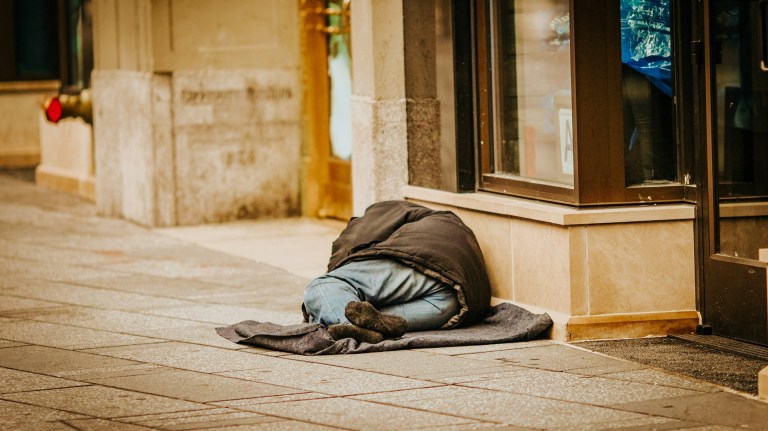Fran Boait, executive director of financial campaign group Positive Money, said: “It’s now beyond clear that rather than helping those who can’t afford to buy a home, Help to Buy has mainly been a subsidy for a housing bubble, benefiting property developers and existing home owners.”
As much as £11.7bn was given out in 211,000 subsidy loans, money which the government says it likely won’t see again until 2031.
It was too soon to say if Help to Buy had proved taxpayer value for money, according to the report.
“Help To Buy has increased home ownership and housing supply, particularly for first-time buyers,” Gareth Davies, head of the NAO, said.
The scheme is poorly targeted and poor value
“However, a proportion of participants could have afforded to buy a home without the government’s help.
“The scheme has also exposed the government to significant market risk if property values fall, as well as tying up a significant public financial capacity.
“The government’s greatest challenge now is to wean the property market off the scheme with as little impact as possible on its ambition of creating 300,000 homes a year by 2021,” he said.
The NAO report showed that only 37 per cent of people who have benefited from the Help to Buy scheme would not have been able to afford to buy a home without it.
And – in what the Department for Housing, Communities and Local Government described as an “acceptable consequence” of the initiative’s design – one in 25 people who bought through the scheme had a household income of more than £100,000.
Labour’s shadow housing secretary John Healey said Help to Buy isn’t serving its purpose or helping the people who need it.
He said: “This report confirms the fundamental flaws in Help to Buy which ministers have failed to fix.
“One in five helped by Help to Buy aren’t even first-time buyers. The current scheme is poorly targeted and poor value for taxpayers’ money.”
